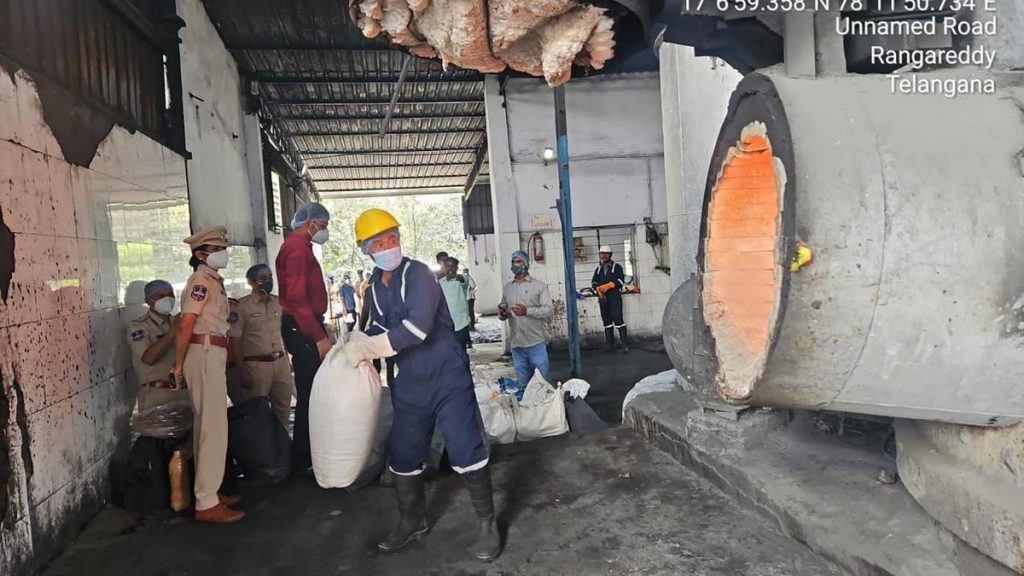Now Reading: Unveiling Petrichor: The Science Behind the Smell of Rain
-
01
Unveiling Petrichor: The Science Behind the Smell of Rain
Unveiling Petrichor: The Science Behind the Smell of Rain

Speedy Summary
- The smell of rain, known as petrichor, is derived from the Greek words “petro” (rock) and “ichor” (tenuous essence).
- Petrichor results from geosmin, an organic compound produced by bacteria like Streptomyces that break down plant matter.
- Geosmin emits a distinct earthy scent detectable even at extremely low concentrations. Lightning-induced ozone during storms can amplify this smell.
- Dry ground interacting with the first drops of rain or humidity preceding rainfall intensifies the scent; however, excessive wetness diminishes it.
- Streptomyces bacteria attract soil-dwelling springtails through geosmin signaling. In return, springtails spread bacterial spores-a symbiotic relationship discovered by researchers in 2020.
Indian Opinion analysis
India’s diverse climate zones make petrichor an experience familiar to many across the country during monsoon season-an integral part of its identity and cultural backdrop. Understanding the science behind this universally cherished scent adds depth to appreciating nature’s interconnectivity between biological processes like bacterial survival mechanisms and environmental phenomena like rainstorms.
For India, where agriculture heavily depends on timely rains during monsoons, heightened sensitivity to weather signals such as petrichor may subconsciously aid conventional practices in gauging rainfall patterns-a reliance mirrored through folklore for generations.
Moreover, exploring the symbiotic roles of microorganisms such as Streptomyces aligns with India’s broader scientific ambitions in microbiology research for ecosystem sustainment and agriculture improvements.
Read More: Old Wives’ Tales to Predict Weather: What’s Based in Science and What’s Just Folklore?























